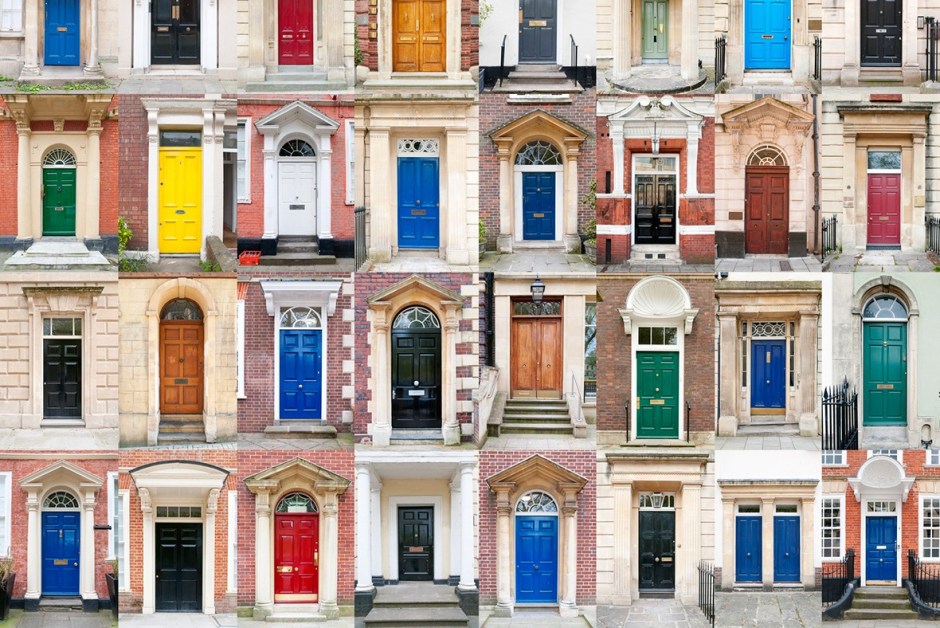PROPERTY values increased by 2.4 per cent over the latest quarter but fell by 0.3 per cent on a monthly basis, according to the latest Halifax house price index, which also suggests that the average UK property price now stands at £237,110.
Highlighting that these latest figures extend the largely flat trend we’ve seen over recent months, Russell Galley, Managing Director of Halifax explains, “More generally the housing market is displaying a reasonable degree of resilience in the face of political and economic uncertainty.”
Russell adds, “Recent figures show demand looking slightly more stable, with mortgage approvals ticking along just above the long-term average.”
However, the report also suggests that house prices have increased 5.7 per cent on an annualised basis, a figure which has been contended by some in the industry as ‘skewed’ due to weaker figures in the corresponding period last year.
Mike Scott, Chief Property Analyst at estate agent Yopa, believes that the report is ‘out of line’ with most other measures of house prices. He suggests that the discrepancy “May in part be due to the Halifax understating the rate of growth in the second quarter of last year, leaving it with some catching up to do, but there is a big difference between that 5.7 per cent figure and the 0.5 per cent annual rate of growth for June that was reported by the Nationwide last week or the 1.4 per cent reported by the official government index for the year to April.”
Mike continues, “We expect that the Halifax figure for the annual rate of house price growth will remain significantly higher than other reports until the second quarter of next year, when it will return to normal. The monthly and quarterly figures are more reliable and confirm the price slowdown that we have seen in other reports.
However, they also report that demand is holding up and there is a shortage of homes for sale, so it is unlikely that national average house prices will fall significantly.”
Jeremy Leaf, former RICS residential chairman is also more circumspect, observing, “The latest Halifax house price numbers, showing a monthly dip in values, are not going to encourage buyers to make a commitment while prices continue to soften.
It paints a confusing picture with the annual house price increase actually greater than it was last month while comparative figures from 12 months ago are also unreliable.”
“In order to get a better feel for the market, it is always preferable to look at what is happening on the ground. We are finding that some buyers, including some investors, are looking beyond Brexit and political uncertainty and are prepared to go ahead if they can perceive value.”
Marc von Grundherr, director of estate agents Benham and Reeves, is more upbeat, saying that, “While it may seem as if the UK property market is treading water on a month to month basis, this short-term metric can be erratic at best and the broader picture shows that we are in a considerably better position than this time last year.”
What is worth remembering is that the Halifax figures are based on national averages, and therefore don’t reflect the highly nuanced and divergent picture up and down the UK.
It’s been well reported that property markets in London and the South East continue to suffer lack of buyer confidence, whilst other regions, notably Wales, Yorkshire and the Humber, East and West Midlands, have seen buoyant conditions with significantly increased transaction numbers and growth in values for well over a year.
With Boris Johnson suggesting in the past few days that, should he become Prime Minister, he would introduce Stamp Duty reform to get the ‘locked up housing market’ moving, will this perhaps mean that those considering buying now will now put off their decisions until after the summer in the hope that they will save thousands of pounds on their moving costs later in the year?
If, as is suggested, Mr Johnson was to exempt all purchases under £500,000 from paying stamp duty as a raft of measures announced in a ‘Pre-Brexit Budget’, then based on today’s Halifax data, the average homemover would save £2,242.
Whilst certainly a windfall, one might ask would this be the incentive needed to encourage those more cautious buyers to take the plunge given the current political and economic uncertainty? Then there’s the more pragmatic question of how much of a difference this measure would make in the short term for those struggling to save the average deposit of 10 percent required for a mortgage, which equates to nearly £25,000 based on the current average house price.
Undoubtedly a long-called for reform on Stamp Duty would be popular move, and probably introduce a ‘feel good factor’ to areas where the market has been struggling.
Yet how much of a difference the changes suggested this week would make to the overall housing market in terms of boosting transaction levels in the next twelve months, given the complex factors at play and broader perspective, is perhaps harder to quantify.
Source: express







